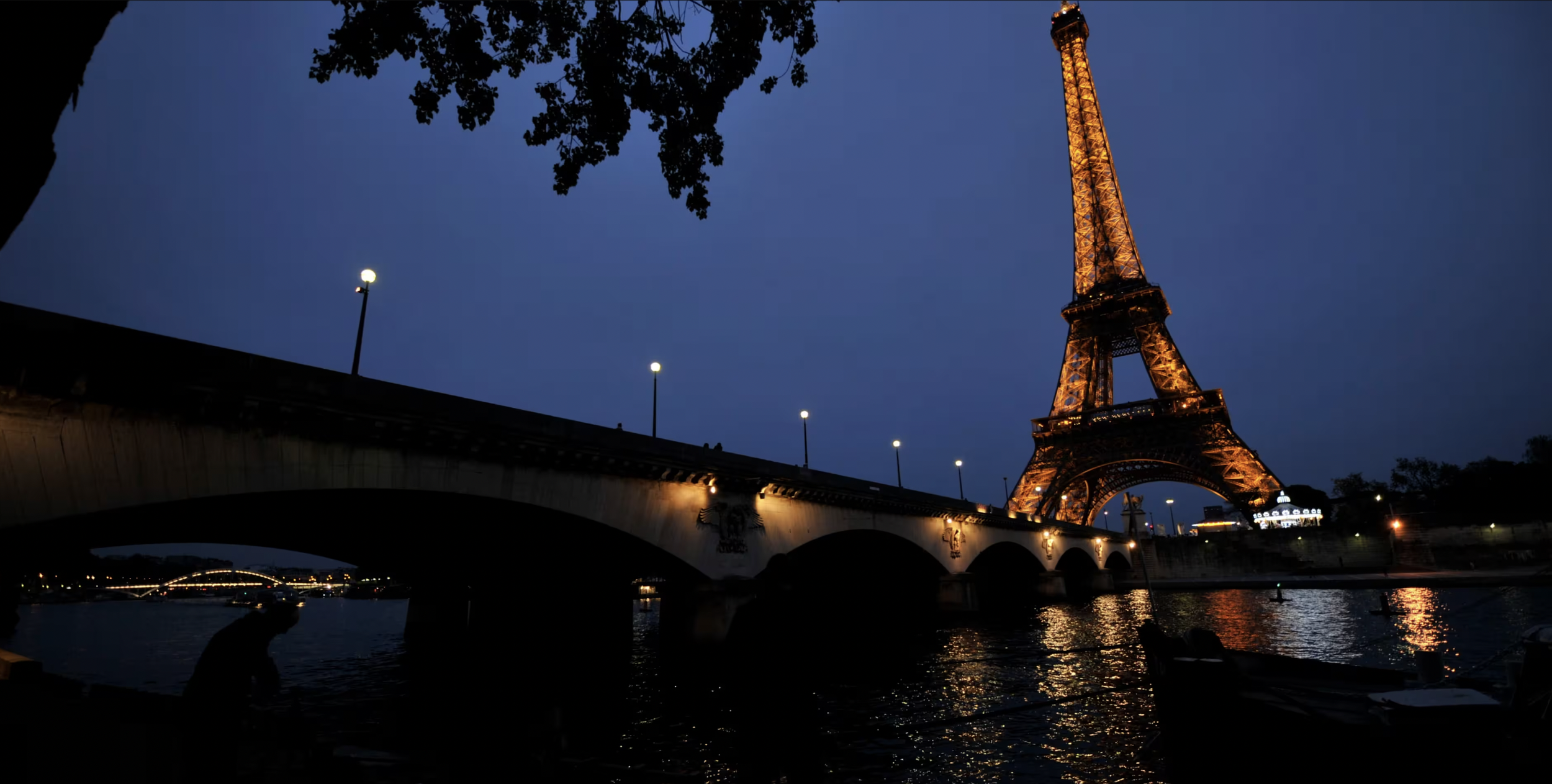How the Eiffel Tower Was Saved From Being Demolished (History Channel)
PhotoPlus Magazine / Contributor/Getty Images
Influential artists called it “monstrous and useless,” but Gustave Eiffel ensured the tower’s survival by adding a scientific station to the top.
By Nadra Nittle, May 28, 2025
It took just over 26 months to erect the Eiffel Tower, which was a breakneck pace given that it weighs 10,100 tons, stands 1,024 feet tall and is 410 feet wide.
The landmark on the Champs de Mars in Paris, constructed for the 1889 World’s Fair, would become one of the planet’s iconic structures, but there was no guarantee at the time that the tower would be permanent.
Influential artists called it “monstrous and useless,” and its creator only received a 20-year land-use permit for it.
Engineer-entrepreneur Gustave Eiffel found an ingenious way to justify the tower’s long-term survival: He made sure that the tower’s top was used for scientific experimentation. And the world’s tallest structure at that time also became an important radio transmission point.
Read the full story at the History Channel.
